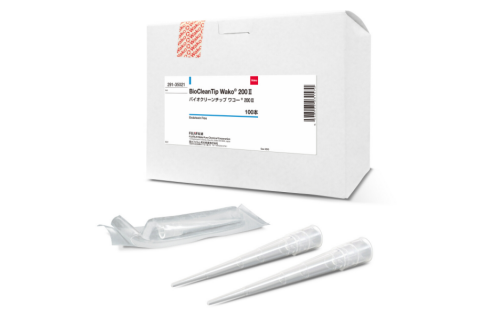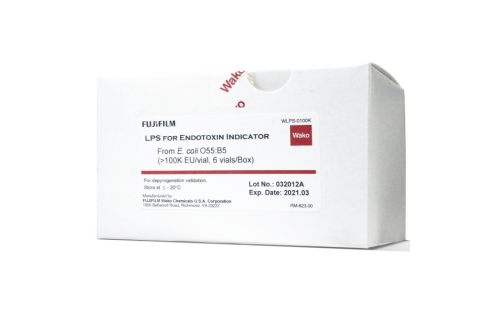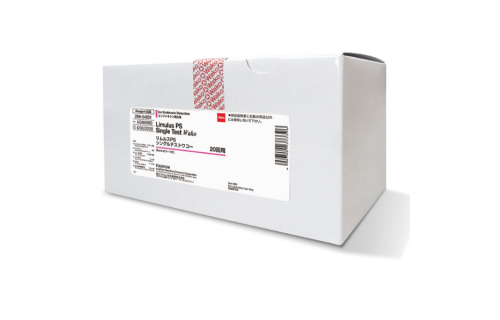Importance of the LAL Assay for Testing Radiopharmaceuticals
Radiopharmaceuticals in Modern Medicine
Radiopharmaceuticals are a broad class of diagnostic or therapeutic drugs. They are composed of an organic compound bound to a radioactive isotope, such as technetium, iodine, or many others. When the isotope decays, it emits energy at a specific wavelength, which depends on the identity of the radioactive atom. Radiopharmaceuticals serve multiple important roles in modern medical facilities. Among their most common applications is medical imaging, particularly for positron emission tomography (PET) scans. PET scans are used in the diagnosis of cancers, neurological diseases, and cardiovascular diseases.
When a patient receives a PET scan, they first consume a small amount of a radiopharmaceutical compound (typically a radiolabeled glucose analog), which diffuses throughout the body. Next, the patient lays in a PET scanner, which can detect gamma radiation emitted by the drug. When the patient’s cells consume glucose for energy, they break down the radiolabeled glucose, causing a decrease in the PET signal around that area. The PET scan can thus be used to quantify glucose metabolism across specific regions of the body.
In addition to diagnostics, radiopharmaceuticals can also be used for treatments. These kinds of drugs typically emit alpha or beta radiation, which lose energy over much shorter distances compared to gamma radiation, allowing for precise localization of the treatment. The radiation causes damage to nearby cells, which can be used to kill cancer cells or reduce arthritic pain due to inflammation.
Dangers of Endotoxin Contamination in Radiopharmaceuticals
Like all drugs, radiopharmaceuticals are subject to strict regulations for endotoxin contamination. Endotoxin, also known as lipopolysaccharide or LPS, is a component of the outer cell wall of Gram-negative bacteria. It is a potent pyrogen and can induce a dangerous fever, septic shock, or even death in very small doses. Endotoxin is also highly heat-stable, making it difficult to remove from medical products.
To detect levels of endotoxin contamination, medical facilities utilize the Limulus amebocyte lysate (LAL) assay. Using enzymes derived from the blood of the Limulus horseshoe crab, the LAL assay detects endotoxin in a highly sensitive and quantitative manner via a coagulation reaction.
Radiopharmaceuticals must be treated with caution when applying the LAL assay due to possible interference with the assay components. Specifically, one of the LAL assay’s critical enzymes called transglutaminase requires the presence of free Ca2+ ions. However, radiopharmaceuticals frequently contain chelating agents, which deplete Ca2+ from the solution. This could result in false negative results in the LAL assay.
To avoid this problem, a 2014 study published in the Journal of Nuclear Medicine Technology came up with a simple yet effective solution. The authors added additional calcium chloride to the drug prior to LAL testing. They found that this completely ameliorated any interference caused by the chelating agents in the radiopharmaceutical.
In summary, radiopharmaceuticals play crucial roles in both diagnostics and therapeutics. However, these drugs are at risk of endotoxin contamination and must be treated with care during the LAL assay. The addition of calcium chloride can prevent interference caused by chelating agents.






